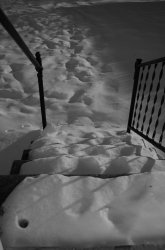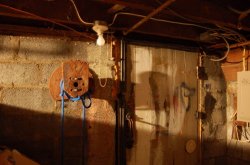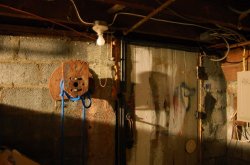I bought a D50 about a month ago and am having a great time getting back into photography. I like experimenting and trying different setting to get more familiar with the camera. I've been having trouble taking good night/dark shots. I have a tripod so I don't have to worry about vibrations and blurs, but the colors never seems to come out right. The white balance is always off, I've tried auto and any others that would make sense. The whites always seems to have a brownish hue. I also try to keep the ISO as low as possible, I don't like going over 800 as I get a lot of noise.
What are some suggestions for taking good night shots?
What are some suggestions for taking good night shots?





